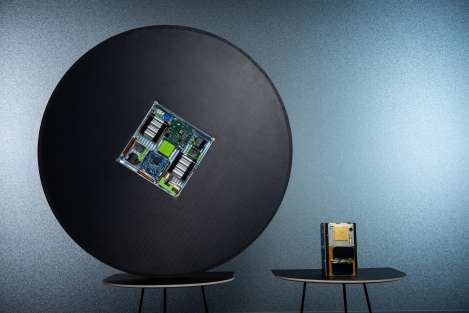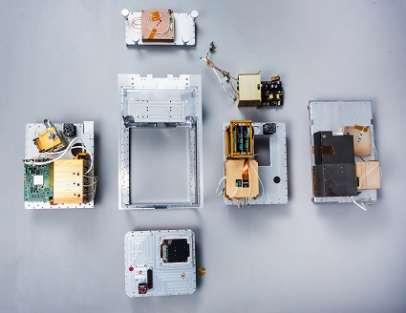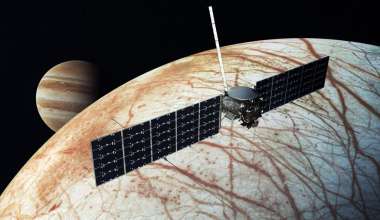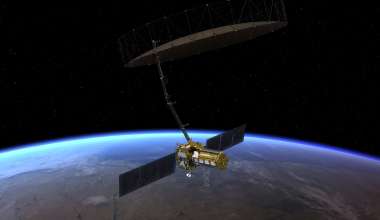As the nation’s trusted partner for space, Aerospace pushes innovation forward to develop novel solutions and enabling technologies that shape the future. A big component of advancing technological breakthroughs is shepherding the wider adoption and proliferation of these capabilities with the commercial sector across the broader space enterprise, and in doing so, accelerate the maturation and enhancement to support U.S. government missions for space and beyond.

Aerospace’s Office of Technology Transfer (OTT) acts as a critical bridge that facilitates this intentional movement of corporate technology and solutions to industry. As a new office established within the Office of the Chief Technology Officer (OCTO), OTT made significant strides over the past year to elevate the pace and impact of Aerospace’s technology adoption. These efforts include launching new internal and external tools and processes, implementing new approaches that focuses alignment with customer priorities, and forging new pathways for numerous potentially high-impact technologies.
“Effective technology transfer is vital to ensuring Aerospace’s innovation and commitment to technical excellence is making the biggest impact possible to support the nation’s most important needs,” said Deborah Salvaggio, associate principal director in the Office of the Chief Technology Officer. “It’s one of the very reasons why we exist. As an FFRDC, the government is looking to us to help solve the hard problems and make that knowledge accessible for industry partners.”
Building for the Future
As part of Aerospace’s focus to accelerate innovation that aligns with the nation’s mission needs, OTT established the “targeted tech” distinction as part of its success framework. This designation identifies high-impact transfer opportunities based on key criteria, such as customer demand, Aerospace priorities and potential value of impact.
“Using the targeted tech rubric enables us to focus resources on bringing technology transfer considerations into the discussion as early as possible in the product life cycle. Integrating technology transfer into the early stages of technology innovation and development increases our ability to support rapid transfer and deliver the most impact for Aerospace and our government partners,” Salvaggio said. “OTT also supports non-targeted technologies by facilitating specific transfer opportunities regardless of where they are in the life cycle.”
Externally, OTT has revamped the visibility of Aerospace’s vast patent portfolio and is expanding the outreach to eligible external parties interested in transfer opportunities.
Nurturing the Strategic Acceleration of Innovation

As the T2 Strategy Framework was being implemented, OTT was also able to successfully leverage this approach to support the wider adoption of several priority, high-impact technologies, such as the small satellite platform DiskSat and the payload universal interface module Handle. Collaborating with Aerospace’s program offices facilitated the initial infrastructure and strategic framework for the technology transfer, enabling the program offices to take the helm from there.
“Aerospace’s ability to develop the proof of concept is in the nation’s best interest, as is the subsequent technology transfer to industry after the concept is demonstrated,” said Patricia Lew, senior project leader in Space Domain Superiority at Aerospace. "When demonstrating a proof of concept, a designer’s focus is on the technological viability of new innovations, like Handle as an example. Manufacturability and sustainability aren’t forefront at this stage. However, industry is keen on bringing that economical scalability to the equation, and that is essential to lowering costs and operational barriers for sustainable government use. These are all win-wins for the nation’s space enterprise.”
In FY24, OTT identified five prioritized targeted technologies (meaning high customer demand) with more in the pipeline awaiting further investigation. Some of these technologies have been assessed as having the potential for profound impact for future space architecture.
“Aerospace recognized early the value of some of our key technology innovations like a smallsat payload interface standard or a new form factor for CubeSats,” Salvaggio said. “We are uniquely situated to take these advanced concepts to the next step of being commercially available to our customers.”
For more information on the Office of Technology Transfer (OTT), visit https://aerospace.org/techtransfer




